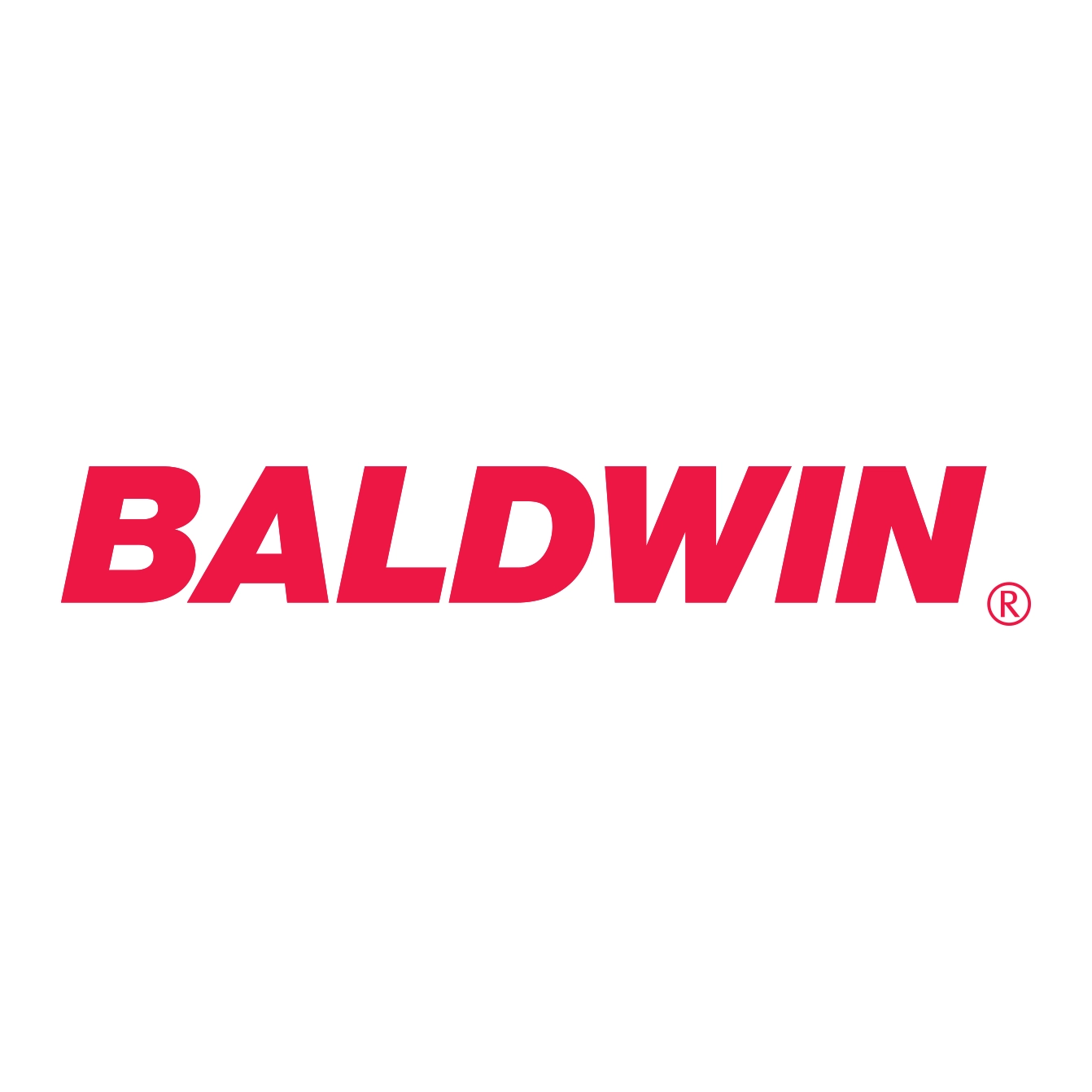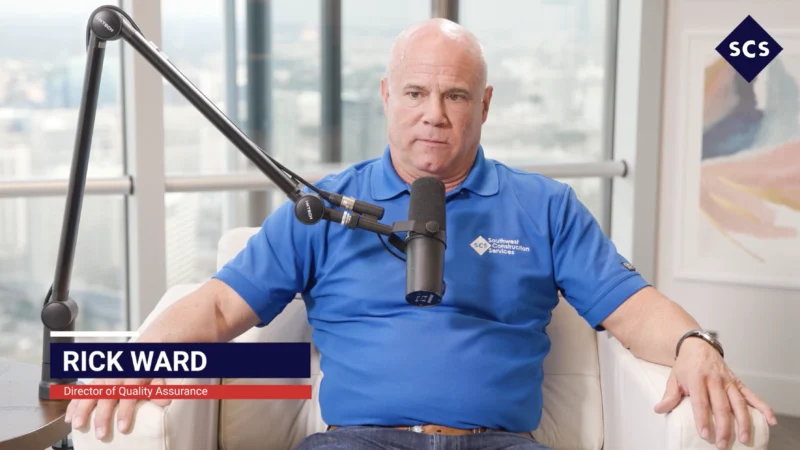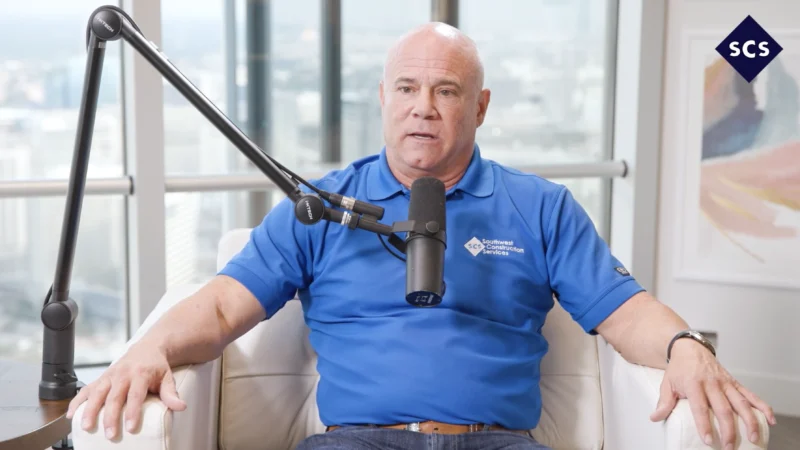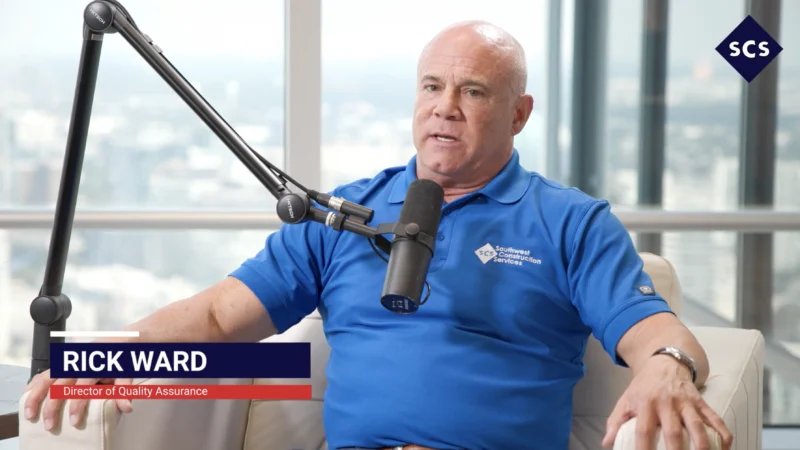How to Compare Pricing for UV vs LED UV
In the world of UV printing, the comparison between conventional UV and LED technology goes beyond the initial price tag. While the upfront investment for conventional UV equipment may seem more affordable, it’s the long-term cost of ownership that reveals the true value of LED UV printing.
When assessing the price, it’s crucial to consider the initial outlay. For water-cooled systems, the prices of conventional UV and LED are comparable, and in some cases, conventional UV can be slightly cheaper. However, this comparison is like comparing apples to apples. If we delve into air-cooled systems, the cost difference can be significantly more in favor of LED UV.
Yet, the real key lies in the cost of ownership. The technology boasts minimal ongoing expenses apart from basic maintenance. It experiences very little downtime, and the LED lamps themselves can last an impressive 20,000 hours. Consequently, the cost of maintenance remains remarkably low for LED UV printers.
On the other hand, conventional UV printers have a different tale to tell. With reflectors, shutters, and bulbs that need frequent replacement, they are prone to mechanical issues. These moving parts often break, leading to system downtime and lost productivity. Not only do you have to bear the cost of repairs, but the downtime also results in a financial setback.
Taking into account both the initial investment and the cost of ownership, LED UV printing emerges as the more cost-effective option. Its affordability extends beyond the price tag, offering reliability, longevity, and reduced maintenance costs compared to conventional UV printing.
To shed further light on the advantages of the technology and its impact on the printing industry, we have the privilege of introducing Jonathan Fore, the Commercial Lead at AMS Spectral UV. Join us as we delve deeper into the benefits and cost-effectiveness of the various printing printing, gaining valuable insights from a seasoned industry expert.




